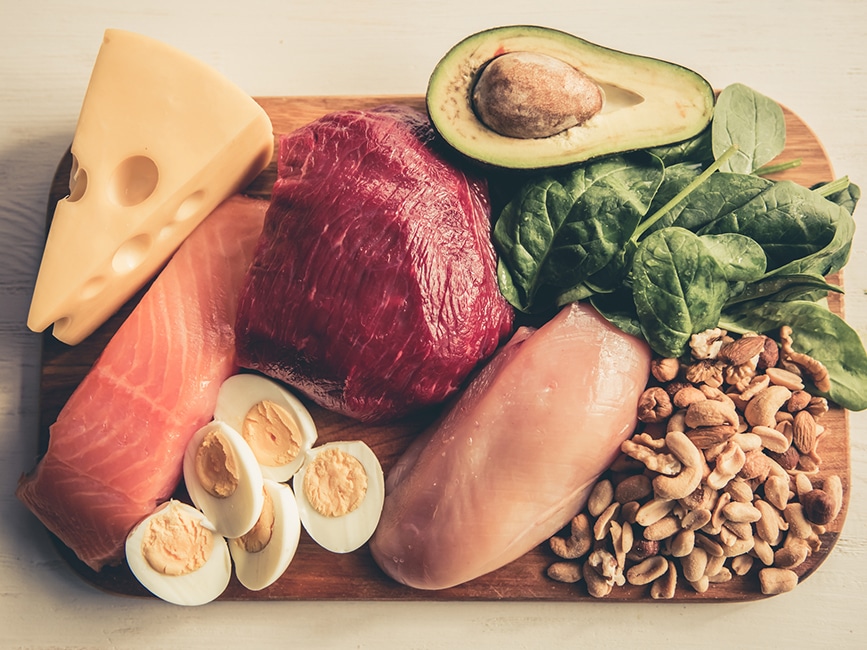high-calorie and high-sodium items most prevalent in kids’ fast-food choices

Kids may like the food, and parents may appreciate the convenience, but are the poor nutritional consequences of fast food worth it?
A recent study by University of California, San Diego (UCSD), pediatrics researchers showed that fast-food lunches accounted for 36%–51% of a child’s daily caloric needs, with fat contributing 35%–39% of the calories. The meals also provided more than 50% of the recommended total daily sodium intake for most children—and as much as 100% of sodium levels recommended for preschoolers.
“We found that families perceived fast-food restaurants as easy and cheap, and many were using fast food as a reward for their children,” said Kerri N. Boutelle, PhD, behavioral director of the Weight and Wellness Clinic at UCSD and Rady Children’s Hospital, San Diego, who has studied childhood obesity, its causes and its treatment for over 15 years. “Considering the high prevalence of fast-food consumption by adults as well as kids, it’s important to recognize the impact of fast food and its impact on the current obesity epidemic in the U.S.,” she said in a press release.
Researchers surveyed 544 families with children entering a fast-food chain restaurant located inside Rady Children’s Hospital at lunchtime over a 6-week period. Families were asked to retain and present their food receipts and complete a brief survey. Each family was provided a $2 incentive to participate.
Families were asked to clarify their purchases: for whom each item was purchased, if items were shared, sizes of individual items (small, medium, large), whether soft drinks were regular or diet, what items were included in any combination meals purchased, and if there were any modifications to their order. For every item purchased, the surveyors asked for the age and gender of the person eating it.
“The number of meals and snacks eaten away from home is believed to contribute to excess calories consumed by children, and this number has increased dramatically in the past 30 years,” said Boutelle. “On a typical day, a remarkable 30% of youth report consuming fast food.”
The nutritional content of the food choices supported other published data on children’s fast-food and dietary intake. The highest percentage of daily caloric needs represented by these meals (51%) was for the 2- to 5-year age range. French fries, soda, chicken nuggets, cheeseburgers and hamburgers were the items bought most frequently for preschoolers. Meals for older children were similar, with the addition of hot apple pies (ages 6–11) and chocolate chip cookies (ages 12–18).
Soda was chosen much more often than milk or juice when a drink was ordered. Researchers also observed that while healthier options such as apple dippers and fruit parfaits were available, families did not seem to choose them over more typical fast foods.
“Bottom line, we need to educate families on making health decisions when in a fast-food restaurant,” said Boutelle, acknowledging that any intervention to decrease fast-food consumption will need to take into account that people of all ages simply like it.
The findings were published in the August edition of Childhood Obesity.
Sandy Todd Webster
For 22 years, Sandy Todd Webster was the chief architect of IDEA's content program - including the award-winning IDEA FITNESS JOURNAL and IDEA FOOD & NUTRITION TIPS - the industry's leading resources for fitness, wellness and nutrition professionals worldwide. She created, launched and nurtured these brands and many others during her productive and purposeful IDEA tenure. Sandy is a Rouxbe-certified professional plant-based cook and a Precision Nutrition Level 1 Coach who is pursuing a Master's degree in Sustainable Food Systems through The Culinary Institute of America (expected August 2024). She plans to combine these passions with her content expertise to continue inspiring others to make the world a more just, healthy and regenerative place.






